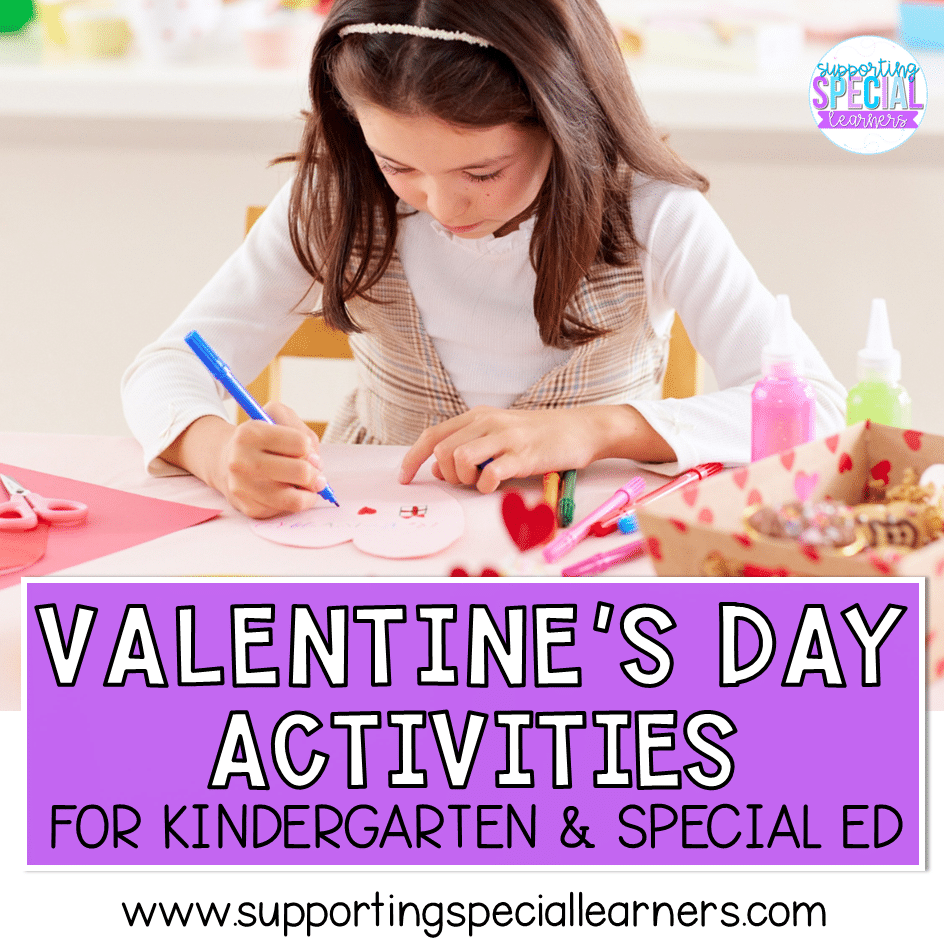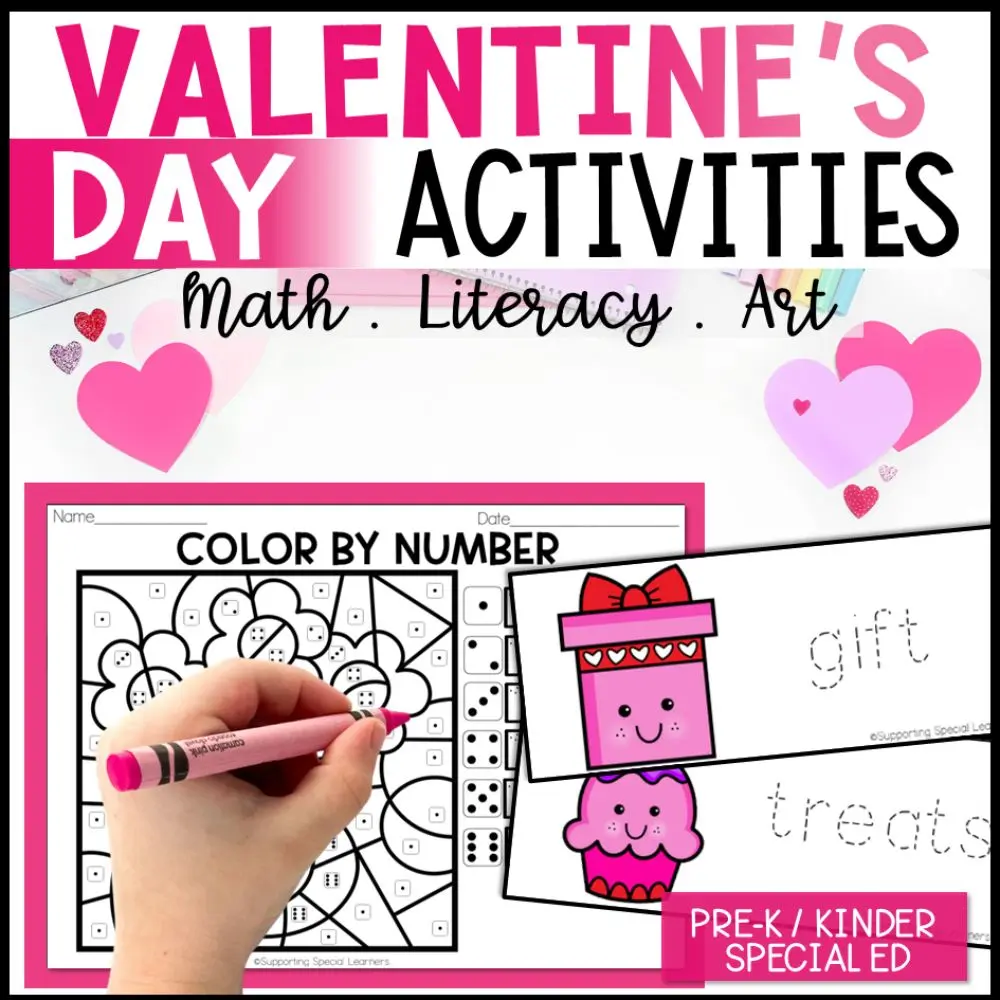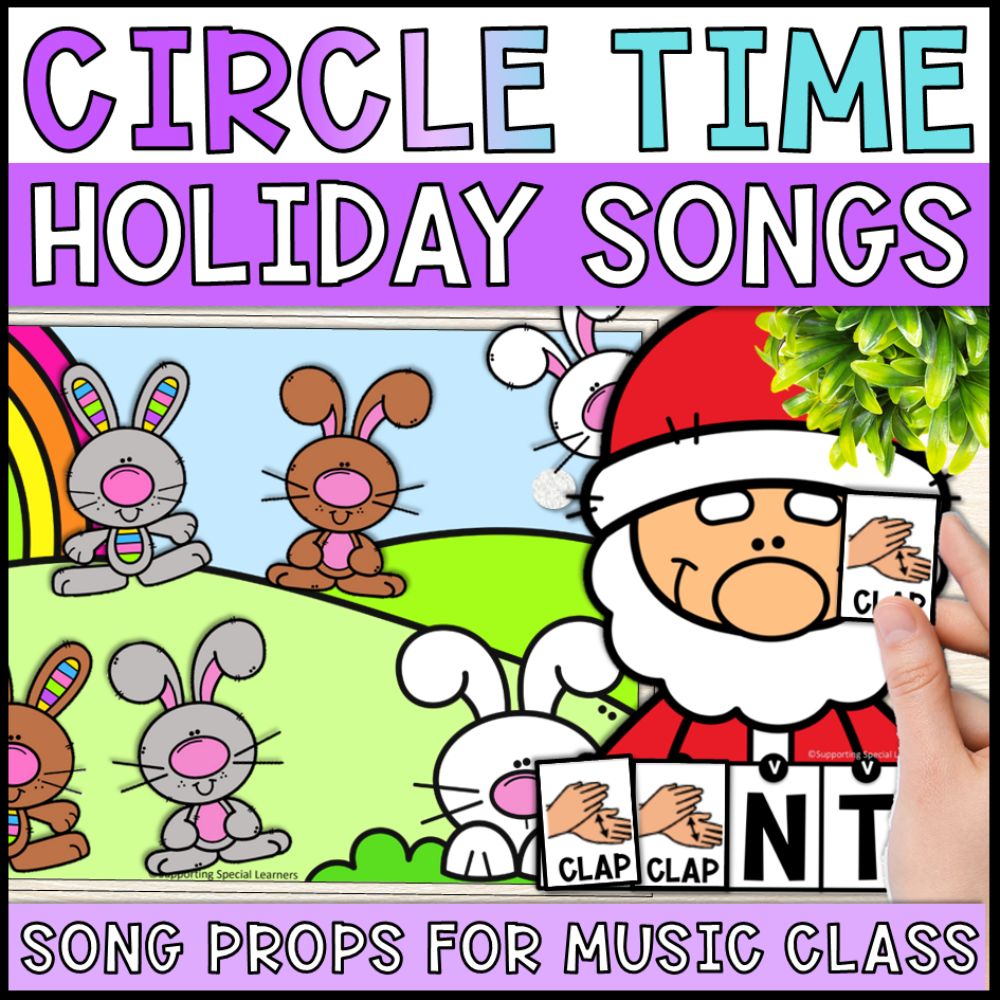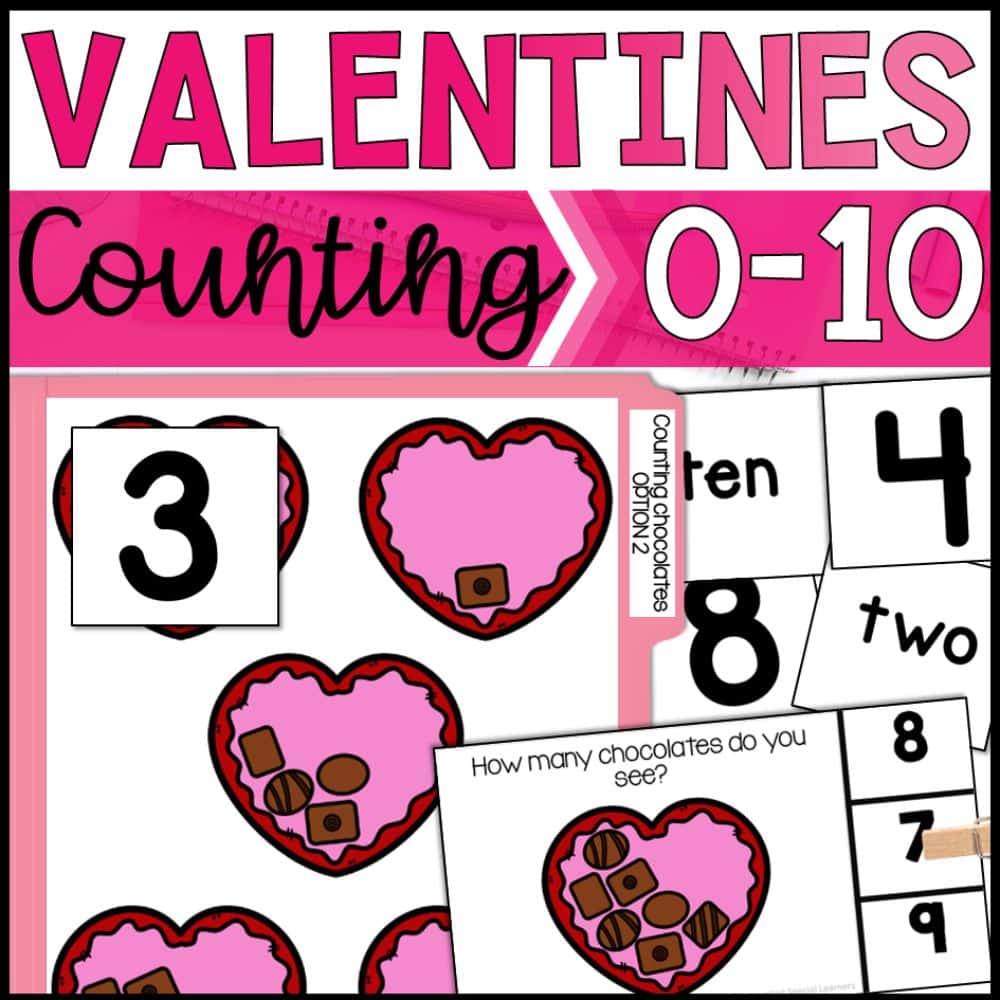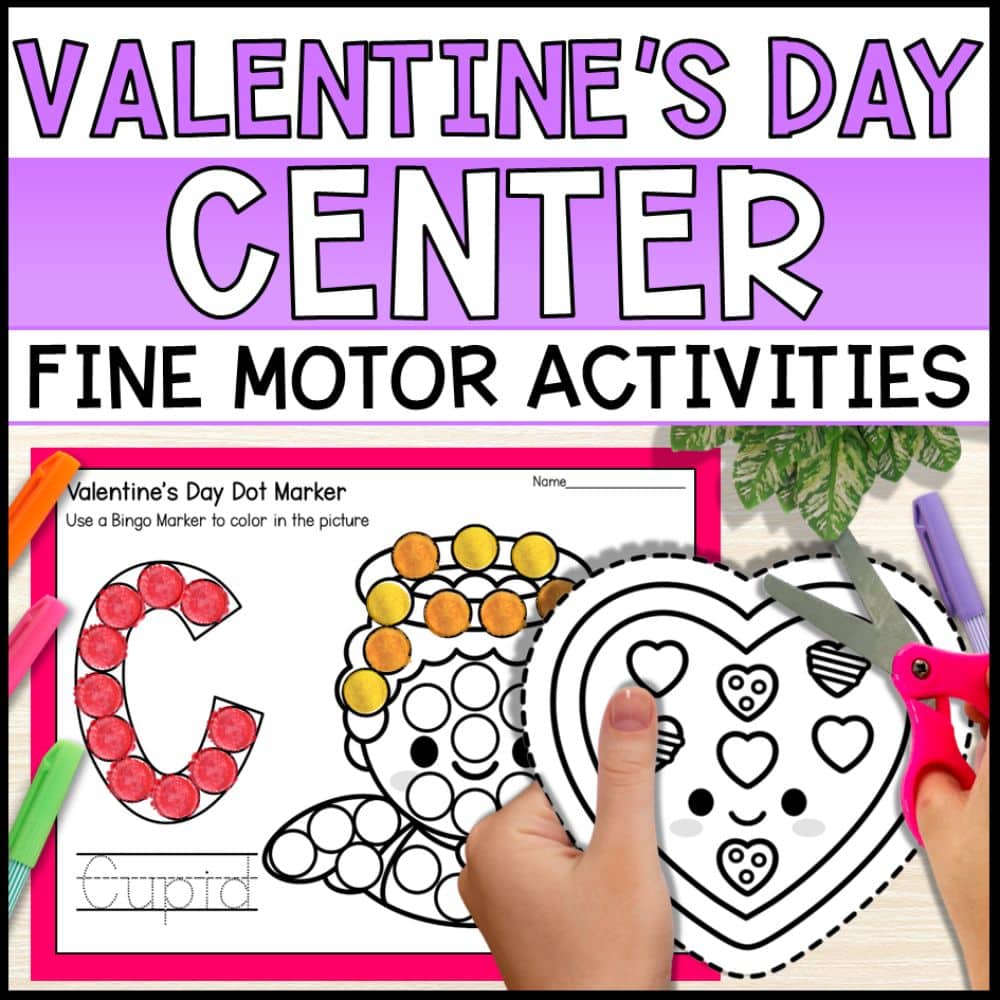- Creative Valentine's Day Crafts for Kindergarten
- Circle Time Activities for Valentine's Day
- Valentine's Day Literacy and Math Centers
- Life Skills and Budgeting Activities for Valentine's Day
- Adapted Valentine's Day Books for Special Education
- Valentine's Day Party Ideas for Special Education Classrooms
- Fine Motor Skills Activities with a Valentine's Day Theme
- Wrapping Up Valentine's Day Fun
- Frequently Asked Questions
Valentine’s Day is coming up, making it a great time to bring fun and learning together. Whether you work with kindergarten students or those in special education, there are plenty of creative ways to celebrate. From heart-themed crafts to singing Valentine songs with visual aids, these activities can be both meaningful and accessible for all students. Here are some simple ideas to make Valentine’s Day special in your classroom.
Key Takeaways
- Crafting activities can help develop fine motor skills in young children.
- Interactive circle time can make learning fun and engaging.
- Literacy and math centers can incorporate Valentine’s Day themes for educational play.
- Life skills activities, like budgeting, can be adapted for Valentine’s Day.
- Inclusive party ideas ensure all students can participate and enjoy.
Creative Valentine’s Day Crafts for Kindergarten
Heart-Shaped Art Projects
Valentine’s Day is a great time for kids to explore heart-themed art activities. These activities not only celebrate the holiday but also help children develop their creativity. Start with simple heart cutouts using construction paper. Kids can decorate them with glitter, stickers, or fabric scraps. Encourage them to layer different sizes of hearts to create a 3D effect. Another fun idea is to use heart-shaped cookie cutters as stamps. Dip them in paint and let the kids create colorful patterns on paper.
Valentine’s Day Card Making
Creating Valentine’s Day cards is a classic activity that never gets old. Gather some cardstock, markers, and colorful paper. Let the kids’ imagination run wild as they design their own cards. They can draw pictures, write messages, or even use collage techniques. For an extra touch, provide Valentine-themed vocabulary cards so they can add new words to their designs. This keeps the activity fun while also building language skills.
Crayon Resist Watercolor Painting
Crayon resist watercolor painting adds a little surprise to Valentine’s Day art. Begin by having the kids draw hearts or other Valentine’s motifs on white paper with white crayons. Once their drawings are complete, let them paint over the entire sheet with watercolors. The crayon marks will resist the paint, revealing their hidden designs. This activity is not only fun but also introduces kids to basic science concepts as they explore how different materials interact.
Circle Time Activities for Valentine’s Day
Valentine’s Day Songs with Visual Supports
Circle time can be a magical part of the day, especially when you add some Valentine’s Day flair. Adding visual supports makes it easier for kids to follow along while keeping it fun and engaging. You can introduce songs like “5 Red & White Valentines,” which comes with visuals to help kids follow along. Here’s a simple way to do it:
- Use communication visuals to let kids choose which song to sing.
- Provide visual aids for each verse of the song.
- Incorporate a story board to hold the visuals, making it interactive.
Storytelling With Interactive Books
Interactive books make storytelling more engaging and help kids connect with the story. A book about sending a Valentine is a simple way to teach vocabulary and sequencing. To make the most of it:
- Use books with picture symbols to support understanding.
- Engage students by letting them participate in turning pages or pointing to symbols.
- Discuss the story’s events and characters to boost comprehension.
Using Speech-Generating Devices
Circle time is a great opportunity for children using speech-generating devices to practice communication skills. These devices can be included in activities to help kids take part in Valentine’s Day discussions. Try setting up simple prompts or choices so they can share thoughts, answer questions, or join in on themed songs and stories. This makes the activity more inclusive while building confidence in communication. Here’s how you can incorporate them:
- Set up repetitive phrases for kids to use during songs or stories.
- Encourage students to use their devices to comment on activities.
- Provide visuals that match the phrases on the devices to support learning.
Circle time gives children using speech-generating devices a chance to practice communication skills in a supportive setting. These devices can be part of activities that help kids join in on Valentine’s Day discussions. Try adding simple prompts or choices so they can share ideas, answer questions, or participate in songs and stories. This keeps the activity inclusive while helping kids build confidence in expressing themselves.
Valentine’s Day Literacy and Math Centers
CVC Word Matching Games
CVC word matching games help kids build phonics skills while keeping learning interactive. Using Valentine’s Day-themed cards, students can match words like “cat,” “dog,” and “hat” with the right pictures. This reinforces reading skills and builds confidence as they complete each match.
Materials Needed:
- Valentine’s Day-themed word and picture cards
- Laminator (optional for durability)
Steps:
- Lay out the word and picture cards.
- Have students match each word to the correct picture.
- Provide support as needed and encourage their efforts.
This activity makes early reading practice more engaging and rewarding.
Heart Counting and Number Sequencing
Counting hearts helps children practice number sequencing while building early math skills. Using heart-shaped cutouts or stickers, children can practice counting and arranging numbers in order. This activity focuses on one-to-one correspondence, helping kids understand the concept of quantity.
Materials Needed:
- Heart-shaped cutouts or stickers
- Number cards (optional)
Steps:
- Provide hearts and number cards.
- Have students count and arrange numbers in order.
- Offer guidance as needed to support learning.
For more structured practice, explore these Valentine’s Day resources.
Sight Word Mini Books
Sight word mini books help young learners build reading skills with repeated practice. These books can be customized with Valentine’s Day themes to make reading more meaningful. Each book focuses on a specific sight word, helping students recognize and remember important words.
Materials Needed:
- Printable mini book templates
- Markers, crayons, or stickers for decorating
- Scissors and staplers (if assembling books)
Steps:
- Choose a sight word and provide a mini book template.
- Have students read, trace, or highlight the word in their book.
- Let them decorate each page with pictures or Valentine’s Day elements.
- Encourage them to read their book to a friend or teacher.
Valentine’s Day brings a chance to mix creativity with learning, keeping students excited about reading. These activities make learning hands-on and meaningful for students.
These centers help students build important skills while keeping learning fun. Gather your materials, set up the activities, and encourage students as they explore and practice.
Life Skills and Budgeting Activities for Valentine’s Day
Shopping and Budgeting Exercises
Teaching kids about money early can help them build important life skills. Valentine’s Day is a great time to introduce budgeting with a simple pretend shopping activity. Here’s how you can set it up:
- Create a simple list of Valentine’s Day items, like cards, chocolates, and small gifts.
- Assign each item a price and give students a budget to work with.
- Let them “shop” by choosing items that fit within their budget.
This exercise helps them understand the value of money and how to make choices based on limited resources.
Real-World Money Management
Bringing real-life situations into the classroom helps students build practical skills. Set up a small store with Valentine-themed items where they can practice using real or play money.
Activity Ideas:
- Count the correct amount of money for purchases.
- Make change when needed.
- Talk about why some items cost more than others.
This activity reinforces math skills while helping students understand how money works in everyday life.
Creating a Valentine’s Day Budget
Budgeting isn’t just for adults! Kids can learn to manage their finances by creating a simple Valentine’s Day budget. Start by discussing what a budget is and why it’s important. Then, guide them through these steps:
- List all potential Valentine’s Day expenses, such as decorations, snacks, and gifts.
- Estimate the cost of each item and add them up.
- Compare the total to their available budget and make adjustments as needed.
Learning these skills early helps kids feel more confident about handling money and making smart choices.
For more resources tailored to young learners, including special education, check out our Valentine’s Day-themed educational resource that enhances math skills through engaging activities.
Adapted Valentine’s Day Books for Special Education
Using Picture Symbols for Communication
Picture symbols support communication for students in special education. These symbols help bridge the gap for non-verbal learners or those with limited verbal ability. Using picture symbols can make reading and daily activities more accessible. Here’s how you can incorporate them:
- Create adapted books with large, clear illustrations and corresponding picture symbols.
- Encourage students to match symbols with pictures or words.
- Use these symbols in conjunction with speech-generating devices to enhance communication.
Color Vocabulary with Interactive Books
Interactive books focused on color vocabulary make learning more engaging while reinforcing key concepts. Consider these steps:
- Select books that feature illustrations with a Valentine’s theme.
- Use interactive elements like flaps or Velcro to reveal colors.
- Include activities where students can identify colors using physical objects or digital tools.
Interactive books make reading more engaging by helping students connect visual cues with language. They reinforce color recognition in a way that keeps learning meaningful and easy to follow.
Supporting Nonverbal Learners
Engaging nonverbal learners requires creativity and patience. Adapted books can be a fantastic resource for this. Here’s how you can make them work:
- Use books with repetitive text and clear, simple images.
- Incorporate elements like textured pages or movable parts.
- Allow students to express understanding through gestures or by using tools that help answer WH-questions, which can be particularly useful.
These strategies ensure that all students, regardless of their verbal abilities, can participate in Valentine’s Day activities.
Valentine’s Day Party Ideas for Special Education Classrooms
Personalized Valentine’s Day Cards
Creating personalized Valentine’s Day cards is a heartwarming activity that allows students to express their creativity and emotions. Students can color, draw, and write their own messages, making each card unique and personal. This activity not only encourages artistic expression but also helps in developing fine motor skills. Consider using adaptive tools like dotted lines for tracing or picture symbols for students who need additional support.
Fun and Inclusive Party Games
Games are fantastic to engage students and create a joyful environment. Try incorporating games like “Valentine’s Bingo,” where students can match symbols or pictures related to Valentine’s Day. Another option is a “Heart Hunt,” where students search for paper hearts hidden around the classroom. These games can be easily adapted to suit different abilities, ensuring everyone can participate and have fun.
Valentine’s Day Snack Ideas
Snacks are always a hit at any party! You can involve students in making simple, no-bake treats like heart-shaped sandwiches or fruit skewers. For a sweet treat, consider decorating cookies with pink and red sprinkles. This activity not only provides a tasty reward but also offers a chance to practice following instructions and working together in a group setting.
Celebrating Valentine’s Day in the classroom is a wonderful opportunity to create an inclusive and festive atmosphere. With activities that cater to different abilities, every student can enjoy and feel included.
Fine Motor Skills Activities with a Valentine’s Day Theme
Pattern Block Mats for Spatial Sense
Pattern block activities help kids develop spatial awareness and fine motor skills. For Valentine’s Day, try using heart-themed pattern block mats. These mats support fine motor development while encouraging problem-solving and creativity. Here’s how to get started:
- Gather various pattern blocks, including triangles, squares, and hexagons.
- Print or draw heart-shaped outlines on sturdy paper or cardstock.
- Challenge the kids to fill in the shapes using the blocks, fitting them perfectly within the outlines.
This activity is not only fun but educational, helping children understand shapes and how they fit together.
Cube Building for Problem Solving
Cube building activities are excellent for enhancing problem-solving skills and fine motor coordination. Using cubes, like snap cubes or building blocks, you can create Valentine’s Day-themed challenges:
- Provide a picture of a simple Valentine’s-themed object, like a heart or a gift box.
- Ask the children to recreate the object using the cubes.
- Encourage them to experiment with different configurations to see what works best.
These activities are great for small group work or individual play, fostering both collaboration and independent thinking.
Strengthening Fine Motor Muscles
Strengthening those tiny muscles in children’s hands is crucial for their development. Valentine’s Day provides the perfect opportunity to incorporate themed activities that focus on this:
- Explore our Valentine’s Day Fine Motor Bundle, featuring scissor skills, tracing, and activities to support fine motor development.
- Organize a “Valentine’s Cut and Paste” session where kids can cut out hearts and other shapes and paste them onto cards or posters.
- Introduce threading activities using red and pink beads to make Valentine’s Day bracelets or necklaces.
These exercises are not only fun but also play a key role in preparing kids for writing and other tasks that require fine motor precision.
Fine motor skills are important for everyday tasks. Themed activities, like Valentine’s Day crafts and games, give children a chance to practice these skills while staying involved in the lesson.
Looking for simple activities to help kids strengthen their fine motor skills this Valentine’s Day? Try out these creative activities that will keep kids engaged while they learn. From heart-shaped crafts to playful games, there’s something for everyone. Don’t miss out on more exciting resources! Visit our website today!
Wrapping Up Valentine’s Day Fun
Valentine’s Day in kindergarten and special education classrooms can be filled with creativity and learning. From making cards to exploring interactive stories, every activity offers a chance to build important skills. The goal is to keep learning fun and accessible for all students. Whether through art, music, or simple games, these activities help create a positive and engaging classroom experience. Spread the love and make this Valentine’s Day one your students will enjoy!
Frequently Asked Questions
What are some creative Valentine’s Day crafts for kindergarten?
Creative crafts for kindergarten on Valentine’s Day include heart-shaped art projects, making Valentine’s Day cards, and crayon resist watercolor paintings.
How can circle time be made interactive for Valentine’s Day?
Circle time can be interactive by incorporating Valentine’s Day songs with visual aids, storytelling with interactive books, and using speech-generating devices.
What are some literacy and math center ideas for Valentine’s Day?
For Valentine’s Day, literacy and math centers can feature CVC word matching games, heart counting and number sequencing activities, and sight word mini books.
How can life skills be taught through Valentine’s Day activities?
Life skills can be taught by engaging in shopping and budgeting exercises, practicing real-world money management, and creating a Valentine’s Day budget.
What are adapted books for special education on Valentine’s Day?
Adapted books for Valentine’s Day in special education use picture symbols for communication, teach color vocabulary with interactive books, and engage nonverbal learners.
What are some Valentine’s Day party ideas for special education classrooms?
Valentine’s Day party ideas include creating personalized Valentine’s Day cards, organizing fun and inclusive party games, and preparing Valentine’s Day themed snacks.

